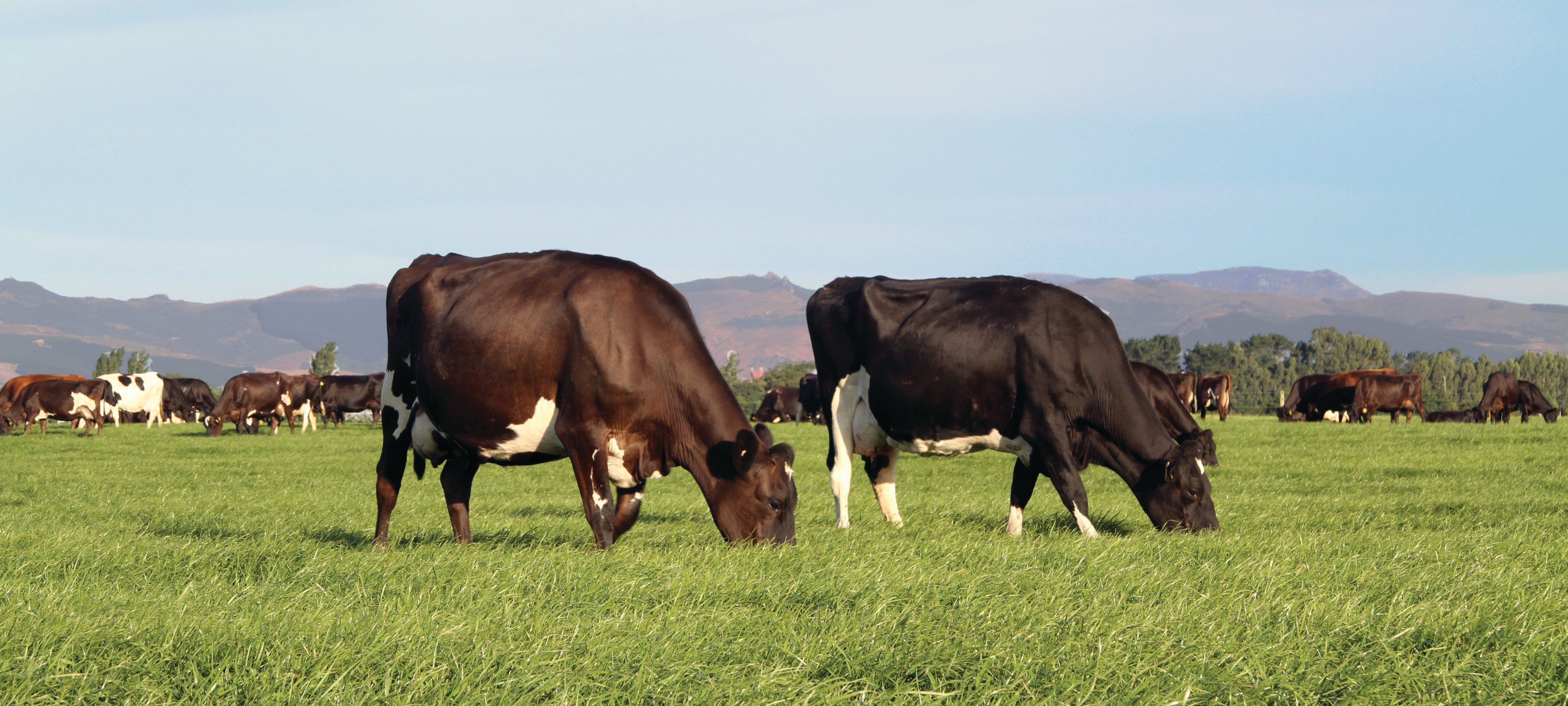Timely grass advice for spring
High-yielding hybrid ryegrass is an all-round winner for farmers wanting to improve livestock performance, farm profitability and soil nutrient management.
That’s the advice from a South Island pasture system specialist as spring sowing approaches.
Blair Cotching says one hybrid in particular combines exceptional dry matter (DM) yield with enhanced cool season growth to lift farm efficiency, and absorb soil nitrogen (N) during the highest risk times for nitrate leaching.
Shogun, from Barenbrug, is the only hybrid ryegrass in the South Island DairyNZ Forage Value Index (FVI) for 12-month feed, and also has earned the top 5 star rating.
This makes it one of the two most profitable options in the 12-month feed category, exceeding most Italian ryegrasses.
Five star pastures in the FVI system have the highest extra farm operating profit per ha.
As a three to four year pasture, Shogun is ideal for spring sowing after winter crops, says Blair, pasture systems manager for Barenbrug.
It will help mop up excess soil N through winter and early spring, and add more cool season activity to the whole farm system.
“The more cool season growth you have in your system, the more N you capture before it leaves the soil.”
One advantage of using Shogun hybrid ryegrass is that it lasts longer than an Italian, saving on downtime involved with re-sowing.
Thanks to fast establishment, it is ready for its first grazing quickly. Shogun also suits minimum till cultivation techniques, such as direct drilling.
No matter how it’s used, getting the best out of Shogun comes down to treating it like a ‘high performance forage crop’ instead of a ‘pasture’. Three grazing management tips make all the difference, Blair says.
The first is to graze at the correct length; the second is not to over graze it and the third is to avoid damaging it in wet conditions.
Shogun can grow so much faster than other pastures it can easily end up too long before farmers realise it.
“Don’t turn your back on this one! Too much length before grazing risks loss of tiller density, and slows regrowth speed after grazing. Maximum cover should be about 3500 kg DM/ha, or when Shogun has 2.5 - 3 leaves per tiller.”
Equally, Blair says, the hybrid should not be hard grazed repeatedly, especially in dry summer conditions.
“This can also happen surprisingly easily, because it is extremely palatable. Palatability supports excellent animal performance – animals love it - but it also means Shogun is more easily over-grazed than normal pastures.”
Tetraploid cultivars are more open in their growth habit than diploids, and more prone to treading damage from cattle, so it’s important to prevent this happening wherever possible, as it can significantly reduce future potential DM yield.
Fast-growing hybrid ideal for sowing after winter crops.


